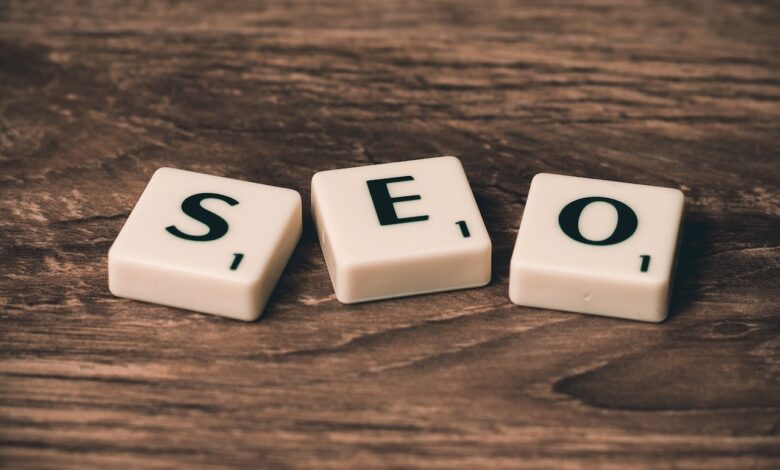5 Key Differences Between SEO and SEM

In the realm of digital marketing, two crucial strategies stand out for enhancing online visibility and driving targeted traffic to websites: Search Engine Optimization (SEO) and Search Engine Marketing (SEM). Although they share a common goal of increasing website visibility on search engine results pages (SERPs), SEO and SEM differ in their approaches and techniques. Understanding the distinctions between the two can help businesses determine the most effective strategy for their online marketing efforts. Let’s delve into the key differences between SEO and SEM.
Definition and Scope:
SEO: Search Engine Optimization focuses on optimizing a website’s organic (unpaid) visibility on search engines. It involves techniques and practices to improve a website’s ranking on SERPs, increase organic traffic, and enhance the website’s overall user experience. SEO encompasses various on-page and off-page optimization tactics, such as keyword research, content optimization, link building, and technical optimizations.
SEM: Search Engine Marketing encompasses all activities related to promoting a website on search engines through paid advertising. It involves running paid search ads, often referred to as pay-per-click (PPC) ads, which appear on search engine results pages. SEM allows businesses to bid on specific keywords relevant to their products or services and display ads to users searching for those keywords.
Cost Structure:
SEO: The cost of SEO primarily involves the time, effort, and expertise required to implement various optimization strategies. While some businesses choose to outsource SEO to agencies or professionals, others may opt to handle it in-house. SEO doesn’t involve direct costs for clicks or impressions, as it focuses on organic search rankings.
SEM: Unlike SEO, SEM involves direct costs associated with advertising. Advertisers pay each time a user clicks on their ads (cost-per-click or CPC) or when their ads receive a certain number of impressions (cost-per-thousand impressions or CPM). The cost of SEM campaigns depends on factors like keyword competitiveness, targeting options, and bidding strategies.
Speed of Results:
SEO: Achieving significant results through SEO takes time and patience. It involves improving various aspects of a website, building authority and relevance, and earning organic rankings over time. It may take several months to see noticeable improvements in organic search visibility, although some quick wins can be achieved by addressing technical issues or optimizing low-hanging fruit keywords.
SEM: With SEM, businesses can quickly generate visibility and traffic by running paid search ads. Once the ad campaigns are set up and approved, they can start appearing on SERPs almost immediately. SEM offers instant visibility and can drive targeted traffic to a website from day one of the campaign.
Traffic Source:
SEO: Organic search traffic is the primary source of traffic for websites implementing SEO strategies. When users search for relevant keywords on search engines like Google, Bing, or Yahoo, websites with good organic rankings have the opportunity to appear in the search results. Organic traffic is considered highly valuable as it reflects users’ genuine interest in the website’s content, products, or services.
SEM: SEM drives traffic from paid search ads. When users enter specific keywords in search engines, ads associated with those keywords appear on the SERPs. Clicking on these ads directs users to the advertiser’s website. While SEM can generate immediate traffic, it relies on budget allocation and bidding strategies to maintain consistent visibility.
Long-term vs. Short-term Approach:
SEO: SEO is typically considered a long-term strategy aimed at sustainable growth and establishing a strong online presence. The efforts put into optimizing a website and building its authority often yield compounding benefits over time. By consistently following best practices and adapting to search engine algorithms, businesses can maintain and improve their organic rankings for the long haul.
SEM: SEM is more focused on short-term goals, especially when it comes to immediate visibility, promotions, or time-sensitive campaigns. While it can be used for ongoing advertising, it requires continuous investment to maintain ad visibility. Pausing or reducing the budget for SEM campaigns can lead to an immediate drop in visibility and traffic.




